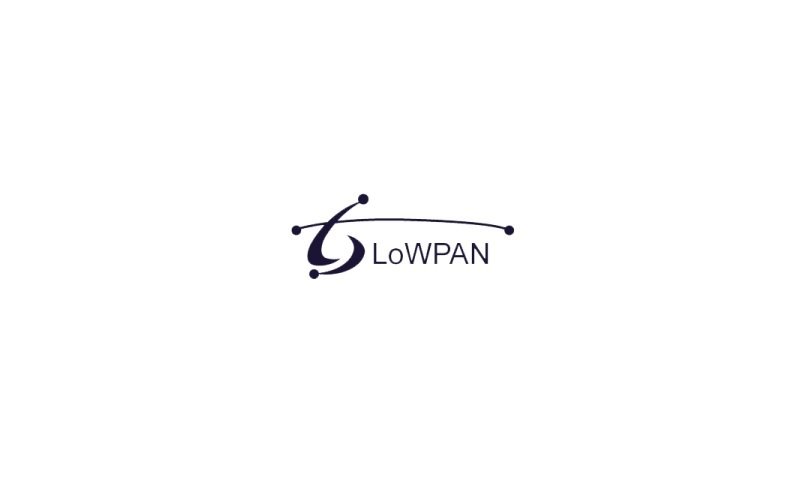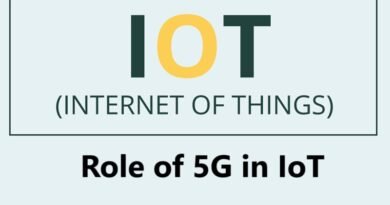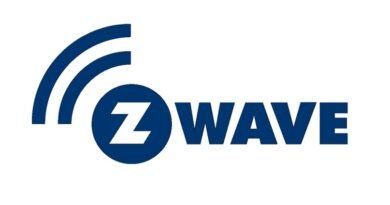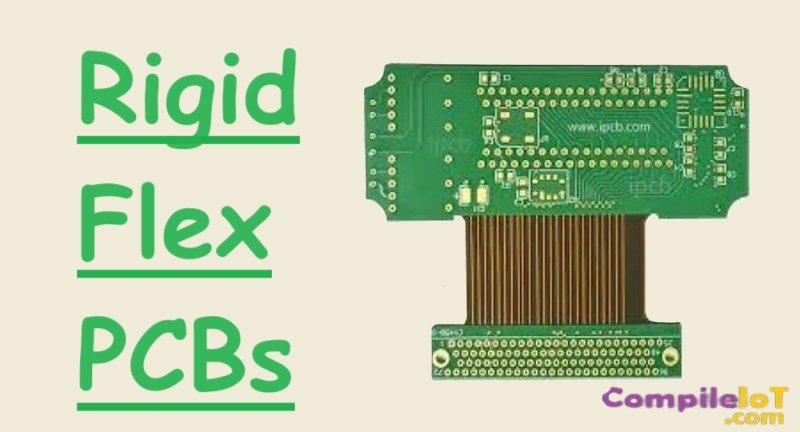6LoWPAN: IPv6 over Low Power Wireless Personal Area Networks
6LoWPAN (IPv6 over Low Power Wireless Personal Area Networks) is a protocol that enables IPv6 communication on low-power, low-data-rate wireless networks. It is designed to work with low-power, short-range devices commonly used in the Internet of Things (IoT), such as sensors, actuators, and embedded devices. The name 6LoWPAN is derived from its core function: allowing IPv6 packets to be transmitted over low-power wireless networks like Bluetooth, Zigbee, and Thread.
6LoWPAN plays a significant role in bridging the gap between the Internet of Things (IoT) and the global Internet, allowing IoT devices to be part of the broader network, enabling devices to send and receive data over the internet just like other IP-enabled devices.
In this article, we will explore the key features, architecture, benefits, use cases, and how 6LoWPAN works.
1. What is 6LoWPAN?
6LoWPAN is a standard developed by the IETF (Internet Engineering Task Force) as a way to run IPv6 over low-power wireless personal area networks (WPANs). It essentially provides an efficient means to enable IPv6 connectivity for devices with limited processing power, memory, and energy resources.
Most wireless networks like Zigbee or Thread were designed to be simple, low-cost, and energy-efficient, but they are not designed to natively support the IPv6 protocol, which is required for Internet connectivity. 6LoWPAN addresses this challenge by adapting IPv6 to work over constrained networks. This makes it possible for devices in the Internet of Things (IoT) ecosystem to directly connect to the Internet, leveraging the IPv6 addressing scheme.
2. Key Features of 6LoWPAN
- IPv6 Compatibility: The core advantage of 6LoWPAN is its ability to support IPv6, which offers a massive address space, scalability, and ease of integration with the Internet. Devices using 6LoWPAN can have unique IP addresses and directly communicate with other Internet-connected devices.
- Low Power Consumption: 6LoWPAN is designed for low-power devices and can function effectively in battery-operated IoT devices such as sensors, actuators, and wearables. These devices can communicate over low-power wireless technologies while maintaining long battery life.
- Data Compression: 6LoWPAN employs header compression to reduce the size of IPv6 packets, making it suitable for small devices with limited memory and bandwidth. This is especially useful in networks with low data rates.
- Efficient Routing: 6LoWPAN simplifies IPv6 packet routing over low-power networks, improving overall network efficiency and reducing the overhead of packet forwarding between devices.
- Mesh Networking: In certain implementations like Thread and Zigbee, 6LoWPAN supports mesh networking, which allows devices to relay messages to each other, extending the communication range and improving network reliability.
3. How 6LoWPAN Works
6LoWPAN allows IPv6 packets to be transmitted over low-power wireless networks, such as those used by Zigbee, Bluetooth Low Energy (BLE), or Thread. However, these networks cannot natively support the large size of IPv6 packets or the complex routing required. 6LoWPAN addresses this by breaking down IPv6 packets into smaller segments and adapting the payload to fit the limitations of the network.
Header Compression:
One of the key innovations of 6LoWPAN is its header compression technique. IPv6 packets contain large headers that can be too large for small devices. 6LoWPAN compresses these headers so that only the necessary information is transmitted, reducing packet sizes and allowing devices to send data more efficiently.
Fragmentation:
Since low-power wireless networks may have limited maximum packet size (such as 1280 bytes for IPv6), 6LoWPAN fragments larger packets into smaller segments that fit within the constraints of the network. Each fragment is sent independently and reassembled at the destination.
Adaptation Layer:
6LoWPAN operates using an adaptation layer between the IPv6 network layer and the MAC layer of the wireless protocol. The adaptation layer handles functions such as header compression, fragmentation, and reassembly, ensuring that the data can be transmitted efficiently over low-power networks.
- IPv6 Layer: This is the standard Internet layer that handles addressing, routing, and packet forwarding. It provides global, unique IP addresses for every device.
- 6LoWPAN Adaptation Layer: This layer adapts the IPv6 packets to fit within the constraints of the low-power network. It handles compression and fragmentation and reassembles the packets on the receiving side.
- MAC Layer: This is the Medium Access Control (MAC) layer of the underlying wireless protocol (e.g., Zigbee, Bluetooth LE, Thread), which handles data transmission and reception over the air.
4. Benefits of 6LoWPAN
- Internet Connectivity for IoT Devices: With 6LoWPAN, IoT devices that use low-power wireless protocols can directly communicate over the Internet using IPv6. This opens up opportunities for devices to integrate with existing Internet-based services and infrastructure.
- Energy Efficiency: 6LoWPAN is optimized for low-power consumption, making it ideal for battery-powered IoT devices. This allows devices to operate for extended periods without needing frequent recharging or replacement.
- Scalability: The use of IPv6 provides a virtually unlimited number of IP addresses, making 6LoWPAN scalable to large networks of devices without concerns about running out of IP addresses.
- Interoperability: 6LoWPAN enables devices from different manufacturers to communicate with each other, even if they use different low-power wireless protocols. This interoperability is essential for creating unified IoT ecosystems.
- Simple and Cost-Effective: 6LoWPAN reduces the complexity and cost of building large-scale IoT networks. It simplifies the process of integrating IoT devices into the Internet and allows devices to operate efficiently within their constraints.
5. LoWPAN Architecture
6LoWPAN has a layered architecture that consists of several key components:
Low Power Wireless Network (WPAN):
The WPAN layer consists of low-power communication technologies like Zigbee, Bluetooth Low Energy (BLE), and Thread. These networks are designed to handle short-range, low-bandwidth communications and are used for connecting IoT devices in personal area networks.
6LoWPAN Adaptation Layer:
This layer adapts the low-power network to IPv6. It handles:
- Header Compression: Reduces the size of the IPv6 headers.
- Fragmentation and Reassembly: Breaks large IPv6 packets into smaller fragments and reassembles them at the destination.
- Compression of Routing Information: Ensures that routing information is transmitted efficiently, even on small devices.
IPv6 Layer:
The IPv6 layer provides global addressing, packet routing, and forwarding. It ensures that every device connected to the network can have a unique IP address and can communicate with other devices on the Internet.
MAC Layer:
The MAC layer is the lowest layer that handles the actual transmission and reception of packets over the air, using a specific wireless protocol such as Zigbee, Thread, or BLE.
6. Use Cases for 6LoWPAN
6LoWPAN is used in various IoT applications that require low-power, long-range communication, and seamless Internet connectivity. Some of the most common use cases include:
Smart Homes:
6LoWPAN is used in smart home devices such as smart thermostats, lighting systems, and security systems. By enabling these devices to communicate using IPv6, they can be controlled and monitored remotely through the Internet.
- Example: A smart thermostat can be controlled via a mobile app, where the app communicates with the device over the Internet, using the 6LoWPAN protocol to connect with the home network.
Smart Cities:
6LoWPAN plays a critical role in building smart city infrastructures, such as smart street lighting, waste management, and traffic monitoring. By connecting various sensors and devices to the Internet, cities can optimize services and improve operational efficiency.
- Example: Streetlights equipped with motion sensors can send status data to a cloud-based system, allowing city authorities to monitor energy usage and maintain street lighting based on real-time data.
Agriculture:
In precision agriculture, 6LoWPAN is used to connect sensors in fields for monitoring soil moisture, weather conditions, and crop health. These sensors can send data to cloud platforms for analysis, improving decision-making in farming practices.
- Example: Soil moisture sensors can relay data about soil hydration levels to a central system, triggering irrigation systems only when needed.
Healthcare:
6LoWPAN is used in healthcare applications such as wearable health devices, patient monitoring systems, and remote health management. These devices can transmit health data (e.g., heart rate, temperature) to cloud platforms for analysis and healthcare management.
- Example: A patient’s wearable device can send vital sign data to a healthcare provider over the Internet using 6LoWPAN, allowing for remote monitoring and early detection of health issues.
7. Conclusion
6LoWPAN is an important protocol for enabling IPv6 connectivity on low-power wireless networks, bringing IoT devices closer to the Internet and expanding their potential use cases. With its efficient packet compression, fragmentation, and energy-efficient operation, 6LoWPAN is well-suited for a wide range of IoT applications








